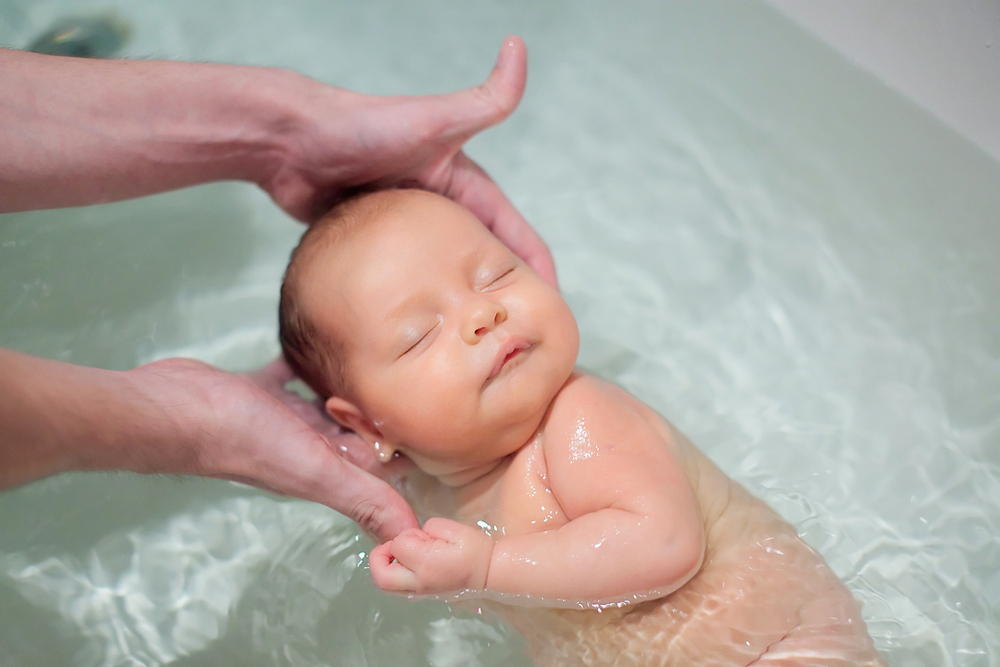Introducing your baby to water can be a delightful and memorable experience. However, it is essential to ensure their safety and make the process enjoyable for both you and your little one. This article will guide you through essential safety tips and fun activities to make the introduction to water a splashing success for your baby.
1. The Right Age to Start
Most experts recommend waiting until your baby is at least six months old before introducing them to water. At this age, babies have better head and neck control, reducing the risk of accidental submersion. However, every baby is different, so observe their readiness and consult your pediatrician before starting.
2. Ensuring Safety First
Before you dip your baby’s tiny toes in the water, prioritize safety. Always supervise your baby closely during water play, and never leave them unattended near water sources, no matter how shallow.
3. Choosing the Right Location
Opt for a calm and controlled water environment for your baby’s first experience. A heated pool or a shallow baby pool can be ideal options. Avoid natural bodies of water, like lakes or rivers, as they might pose more significant risks.
4. Baby Swim Gear: What You’ll Need
Invest in appropriate swim gear for your little one, including swim diapers, a snug-fitting swimsuit, and a wide-brimmed hat to protect their delicate skin from the sun.
5. Getting Comfortable: Gentle Water Introduction
Begin by slowly introducing your baby to water in a controlled setting. Use a warm and shallow baby pool or the bathtub for this initial encounter. Allow your baby to splash their feet and observe their reaction. Be patient, as some babies may take time to feel comfortable.
6. Water Temperature Matters
Maintaining the right water temperature is crucial for your baby’s enjoyment and safety. The water should be warm, around 85°F (29°C), to avoid discomfort.
7. Baby Swim Lessons: Yay or Nay?
Enrolling your baby in swim lessons can be beneficial, but it’s not a necessity. If you choose to do so, look for classes specifically designed for infants and led by certified instructors who emphasize safety and fun.
8. Encouraging Confidence: Hold, Support, and Play
During water play, hold and support your baby securely. Create a positive association with water by playing games like gentle splashing or singing water-related songs.
9. Blowing Bubbles and Kicking Fun
Once your baby gains confidence in the water, encourage them to blow bubbles and kick their legs. These activities help with breath control and strengthen their muscles.
10. Making Bath Time Enjoyable
Bath time can be an extension of water play. Use bath toys and allow your baby to explore and play while bathing. This familiarity can ease the transition to larger water bodies.
11. Pool Games for Family Bonding
As your baby grows, involve them in simple pool games that promote family bonding. These can include playing catch with soft floating toys or participating in a gentle water race.
12. Beach Day: Tips for Sand and Sea
Visiting the beach with your baby can be exciting. Remember to bring a sun tent, apply baby-safe sunscreen, and keep them hydrated. Stay near the shore and be mindful of any strong currents.
13. Dealing with Fear of Water
If your baby shows signs of fear towards water, don’t force them into any activity. Take it slow and try gentle activities to help them overcome their fear gradually.
14. Swim Diapers and Hygiene
Always use swim diapers designed to prevent leaks in the water. Change diapers promptly and practice good hygiene to keep the water safe for everyone.
15. Drying Off and Staying Safe Under the Sun
After water play, dry your baby off thoroughly to prevent any chills. Apply baby lotion to keep their skin moisturized and protect them from the sun with appropriate clothing and sunscreen.
Conclusion
Introducing your baby to water can be a heartwarming experience, creating lasting memories for both of you. Remember to prioritize safety, maintain the right water temperature, and engage in playful activities to build your baby’s confidence in the water. Whether you opt for swim lessons or prefer to take it slow, each baby is unique, so be patient and allow them to progress at their pace.
FAQs
Q: Is it safe to take my newborn to the pool?
A: It’s best to wait until your baby is at least six months old before taking them to the pool. Their immune system needs time to develop, and their neck muscles should be strong enough to support their head.
Q: Can I use regular diapers for swimming?
A: No, regular diapers are not designed for use in the water and may swell up, causing leaks. Always use swim diapers during water play.
Q: Are baby neck floaties safe?
A: No, baby neck floaties can be hazardous and may pose a risk of drowning. It’s better to hold and support your baby while they’re in the water.
Q: What if my baby cries during water play?
A: If your baby cries or appears fearful, take them out of the water and comfort them. Don’t force them into any activity; allow them to adjust at their own pace.
Q: When can I start teaching my baby to swim?
A: Formal swimming lessons can usually begin around the age of one. Before that, focus on building their water confidence through play and exploration.

